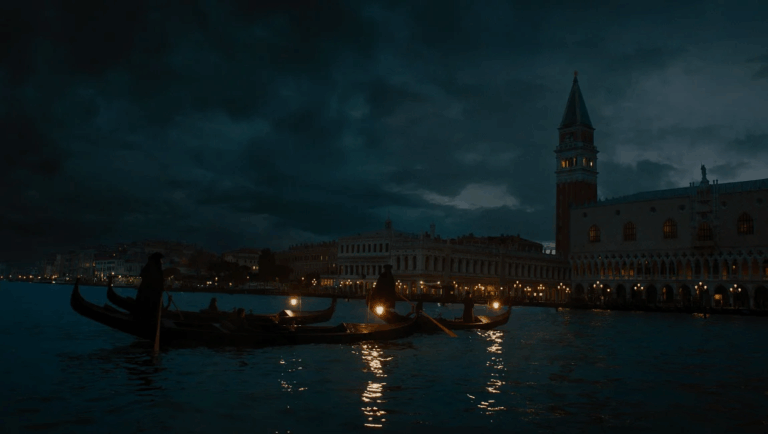Pierre Mignard (Troyes, 17 November 1612 – Paris, 30 May 1695) was a French painter, brother of the equally renowned Nicholas who was also a painter. He was contemporary to Charles Le Brun, the favourite painter of King Louis XIV, and he carried on with him a bitter rivalry that lasted his whole life. At Le Brun’s death, in 1690, he was finally able to obtain his place at court, a position he held until his death in Paris, while he was starting to work on what was going to be his masterpiece: the cupola of Les Invalides.
He gives us a Porcia picking the coals for her ultimate demise.
Alongside this Porcia, he also painted the Death of Cleopatra (1635), a scene of Alexander meeting the queen of the Amazons (1660) and a complex arrangement with Andromeda and Perseus (1679). Though he also worked on allegorical compositions and other mythical subjects like the muses, he is mostly known for his portraits.
The painting of Porcia is currently preserved at the Museum of Fine Arts in Rennes.








No Comments